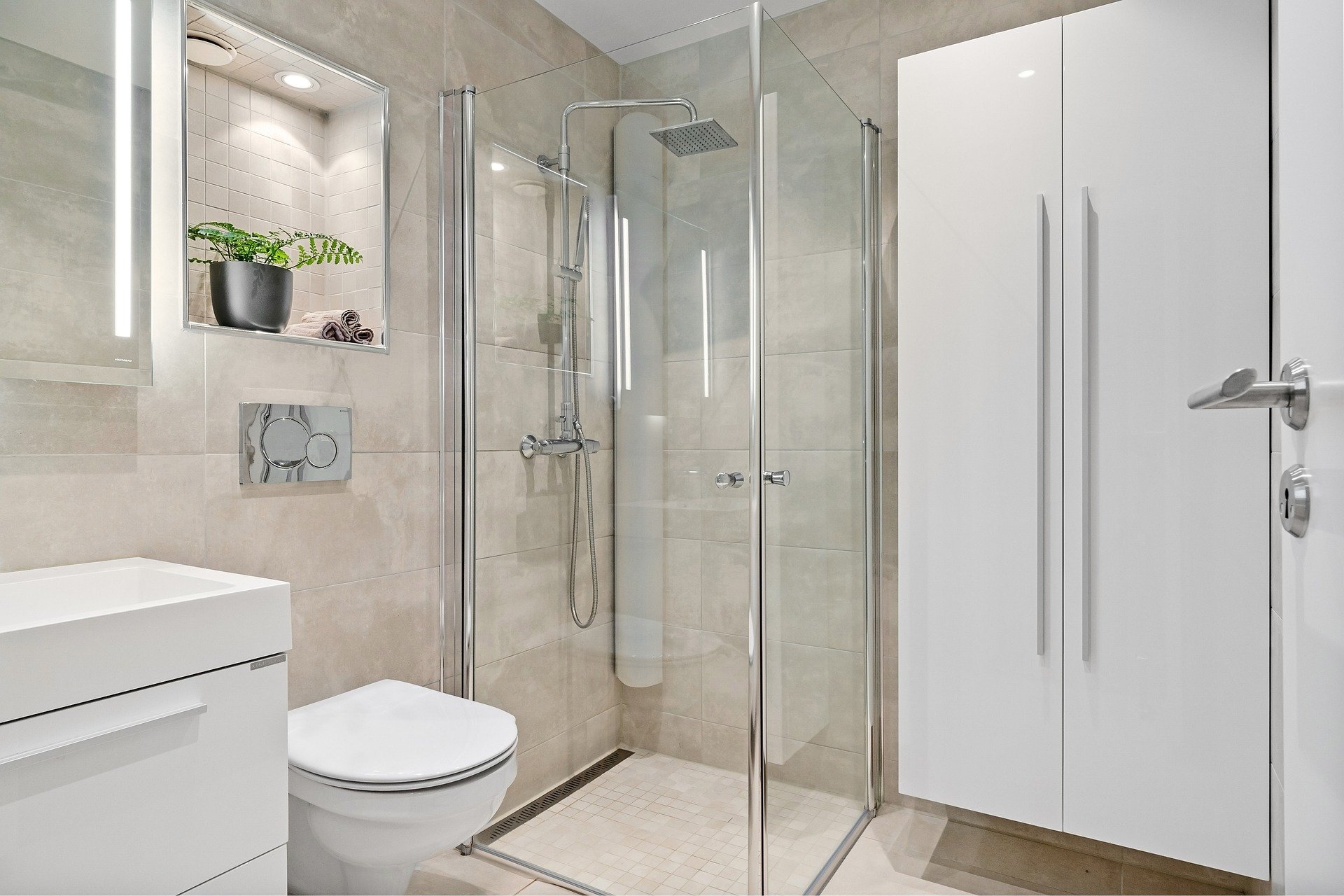Transforming Bathrooms with Eco-Friendly Design
Bathrooms have long been seen as utilitarian spaces, but in recent years, they've become a focal point for eco-conscious homeowners looking to reduce their environmental footprint. The shift towards sustainable bathroom design is more than just a passing trend; it's a reflection of growing awareness about resource conservation and the need for responsible consumption. From water-saving fixtures to recycled materials, green bathrooms are redefining luxury and comfort while minimizing environmental impact. This movement is not only changing the way we think about bathroom aesthetics but also challenging manufacturers to innovate and produce more sustainable products. As homeowners increasingly prioritize sustainability, the bathroom has emerged as a key area for implementing eco-friendly practices in daily life.
These innovations not only conserve water but also lead to substantial savings on utility bills. Manufacturers have responded to consumer demand by creating aesthetically pleasing designs that don’t sacrifice style for efficiency. The integration of smart technology in these fixtures, such as sensor-operated faucets and programmable shower systems, further enhances their eco-credentials by preventing unnecessary water waste.
Sustainable Materials: From Recycled to Reclaimed
The choice of materials plays a crucial role in creating an environmentally friendly bathroom. Recycled glass countertops and tiles made from reclaimed materials are gaining popularity for their unique aesthetics and minimal environmental impact. Bamboo, known for its rapid growth and renewability, has become a favored option for bathroom flooring and cabinetry.
Reclaimed wood is another sustainable choice that adds character to bathroom designs. Old barn wood or salvaged timber can be repurposed into stunning vanities or shelving units, blending rustic charm with eco-consciousness. These materials not only reduce the demand for new resources but also keep waste out of landfills, contributing to a circular economy in home design.
Energy-Efficient Lighting and Heating Solutions
Lighting and heating are significant energy consumers in bathrooms, but eco-friendly alternatives are changing this landscape. LED lighting has revolutionized bathroom illumination, offering long-lasting, energy-efficient options that can be tailored to create various moods and atmospheres. Solar tubes and skylights are increasingly being incorporated into bathroom designs, harnessing natural light to reduce reliance on artificial lighting during daytime hours.
In terms of heating, underfloor radiant systems have emerged as an energy-efficient solution that provides comfortable warmth while reducing overall energy consumption. These systems work well with sustainable flooring options like cork or recycled tile, creating a synergy of comfort and environmental responsibility.
Biophilic Design: Bringing Nature Indoors
The concept of biophilic design, which seeks to connect building occupants more closely to nature, has found a perfect application in eco-friendly bathrooms. Living walls, also known as vertical gardens, are being integrated into bathroom spaces, improving air quality and creating a serene, spa-like atmosphere. These plant installations not only add visual interest but also help to regulate humidity levels naturally.
Water features, such as small fountains or cascading showers, are another way to incorporate natural elements into the bathroom. These features can create a soothing ambiance while also serving practical purposes, like providing a gentle white noise that enhances privacy.
Innovative Waste Management Systems
Addressing waste management is a crucial aspect of eco-friendly bathroom design. Composting toilets, once considered suitable only for off-grid living, are now being adapted for urban homes. These systems significantly reduce water usage and turn waste into valuable compost for gardening.
Greywater recycling systems are another innovation gaining traction. These systems collect water from sinks and showers, treat it, and repurpose it for toilet flushing or garden irrigation. While initial installation costs can be high, the long-term benefits in water conservation and reduced utility bills make them an attractive option for eco-conscious homeowners.
The Impact on Bathroom Product Manufacturing
The shift towards eco-friendly bathroom design has had a profound impact on the manufacturing sector. Companies are increasingly focusing on developing products that meet sustainability criteria without compromising on quality or aesthetics. This has led to innovations in material science, with researchers exploring biodegradable plastics and recycled composites for bathroom fixtures and accessories.
Manufacturers are also adopting more sustainable production practices, from reducing water and energy use in factories to implementing closed-loop recycling systems. These efforts not only reduce the environmental footprint of bathroom products but also often result in cost savings that can be passed on to consumers.
Challenges and Future Directions
While the adoption of eco-friendly bathroom design is growing, challenges remain. The higher initial costs of some sustainable options can be a barrier for many homeowners. However, as technology advances and production scales up, these costs are expected to decrease, making eco-friendly choices more accessible.
Education is another crucial factor. Many consumers are still unaware of the full range of sustainable options available or the long-term benefits they offer. Industry leaders and environmental organizations are working to bridge this knowledge gap through outreach programs and partnerships with retailers.
Looking ahead, the future of eco-friendly bathroom design is likely to see further integration of smart technology. From fixtures that learn and adapt to users’ habits to systems that provide real-time feedback on water and energy consumption, these innovations promise to make sustainability an seamless part of daily life.
As awareness of environmental issues continues to grow, eco-friendly bathroom design is poised to move from a niche market to the mainstream. This shift not only benefits the planet but also enhances the quality of life for homeowners, proving that sustainability and luxury can go hand in hand in the most private of spaces.







